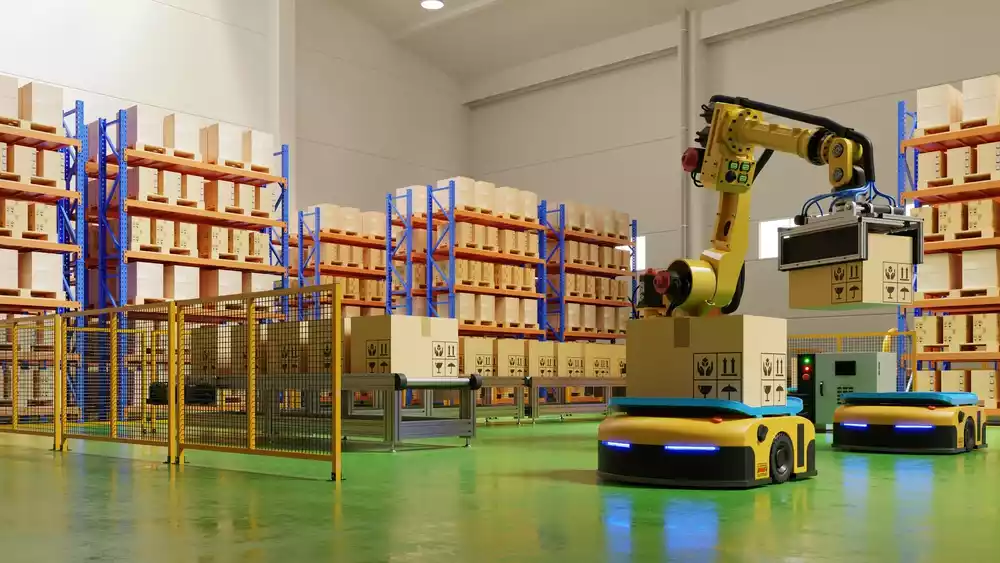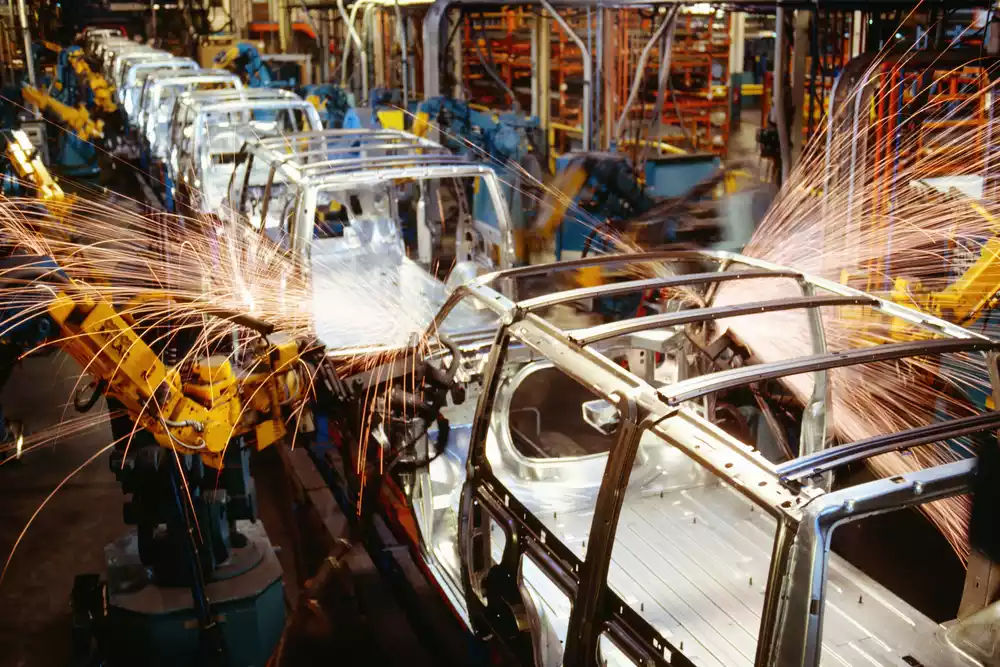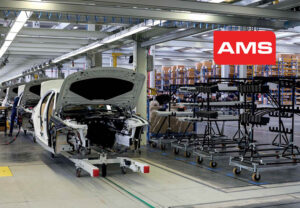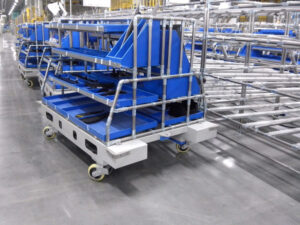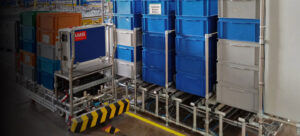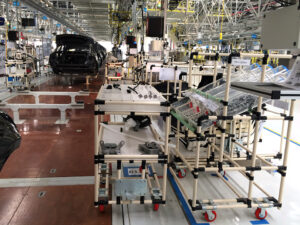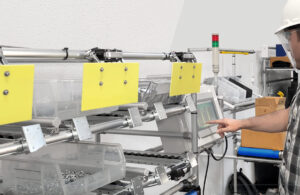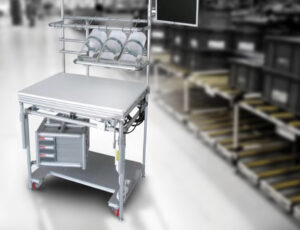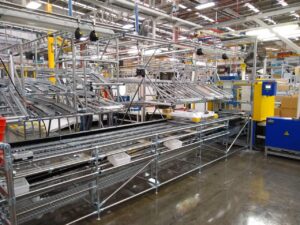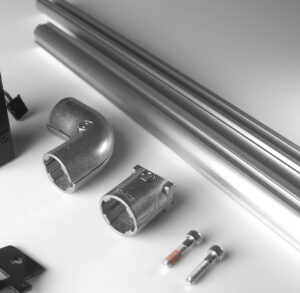Blog
- Home
- Technology
- Learn About The Most Used Industrial Automation Techniques
Learn About The Most Used Industrial Automation Techniques
Table of contents
Learn About The Most Used Industrial Automation Techniques
Automation has revolutionized the industrial landscape, transforming the way we manufacture and produce goods. In today’s fast-paced world, businesses are constantly seeking innovative solutions to streamline their operations and increase productivity. This is where automation techniques come into play, offering a range of industrial solutions that can optimize processes, reduce costs, and enhance overall efficiency.
In this article, we will explore the various automation techniques that are reshaping the industrial sector. From robotic automation to intelligent systems, we will delve into the cutting-edge technologies that are driving this transformation. We will also discuss the benefits that automation brings to businesses, such as improved safety, higher accuracy, and faster turnaround times. Join us as we uncover the power of automation and its potential to revolutionize industries across the globe.
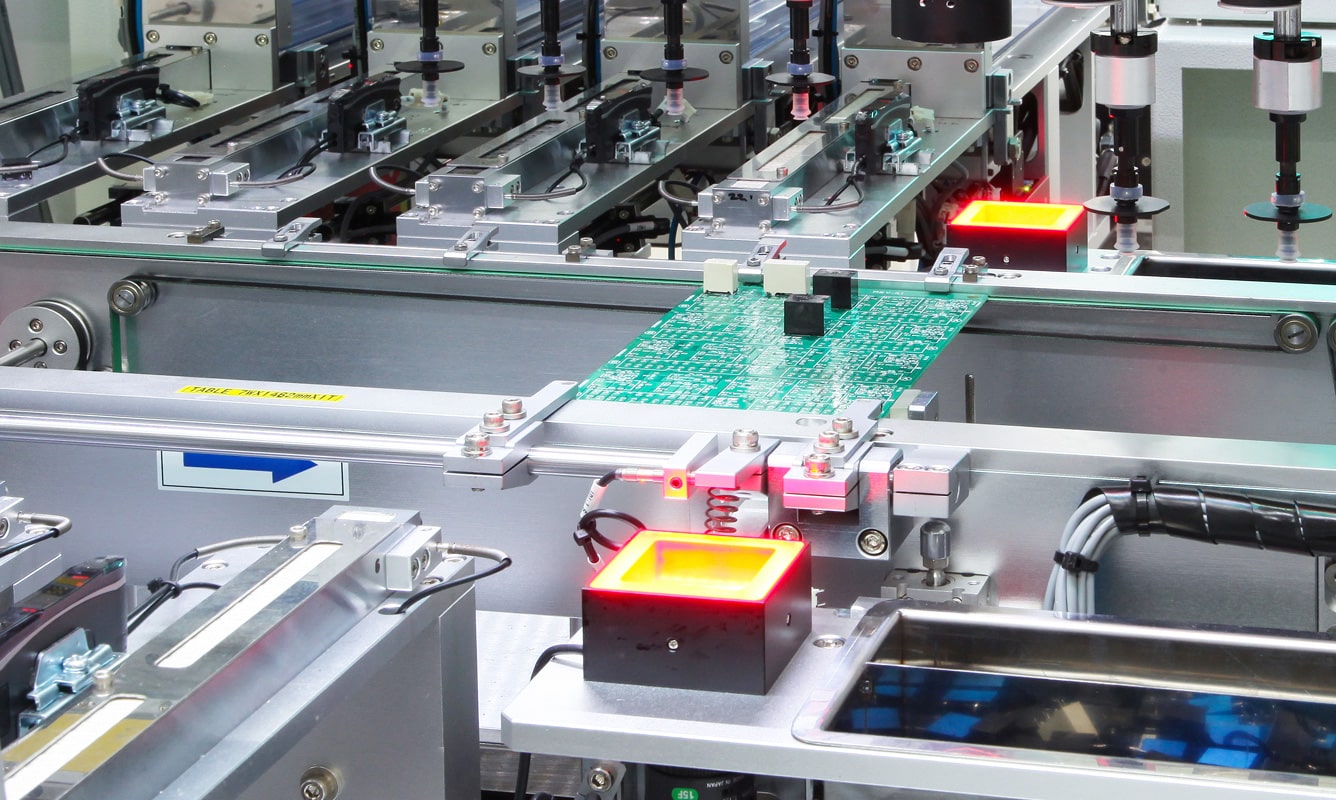
Robotic Automation: Transforming the Industrial Landscape
With the advancements in automation techniques and systems, businesses are continuously seeking innovative solutions to streamline their operations and increase productivity. One such groundbreaking solution is robotic automation. Robotic automation has proven to be a game-changer in the industrial landscape, transforming manufacturing and production processes like never before.
Robotic automation involves the use of robots or robotic systems, like AMR robots, to perform tasks traditionally done by humans. These robots are equipped with advanced sensors and programming that enable them to carry out complex tasks with precision and efficiency. By automating repetitive and labor-intensive activities, robots free up human workers to focus on higher-level tasks that require creativity and problem-solving skills.
One of the major advantages of robotic automation is its ability to improve productivity and reduce operational costs. Robots can work 24/7 without breaks, increasing overall output and reducing downtime. Moreover, robotic systems are highly scalable, allowing businesses to easily adapt to changes in production demands. This scalability also makes robotic automation a viable solution for businesses of all sizes, from small start-ups to large-scale enterprises.
Robotic automation also brings significant safety benefits to industrial environments. By replacing humans in hazardous or physically demanding tasks, robots minimize the risk of workplace accidents and injuries. This not only protects workers but also reduces liability and insurance costs for businesses. Additionally, robots are designed with built-in safety features, such as collision avoidance systems and emergency stop buttons, further enhancing workplace safety.
Furthermore, robotic automation offers improved accuracy and precision in manufacturing and assembly processes. With their advanced programming and sensors, robots can consistently perform tasks with minimal errors, resulting in higher-quality products. This level of accuracy is especially crucial in industries where precision is paramount, such as automotive manufacturing and electronics assembly.
Robotic automation is revolutionizing the industrial landscape by transforming the way businesses operate and produce goods. Its ability to increase productivity, reduce costs, improve safety, and enhance accuracy makes it an essential solution for businesses looking to stay competitive in today’s fast-paced market. With continuous advancements in technology, the potential of robotic automation to further revolutionize industries worldwide is limitless.
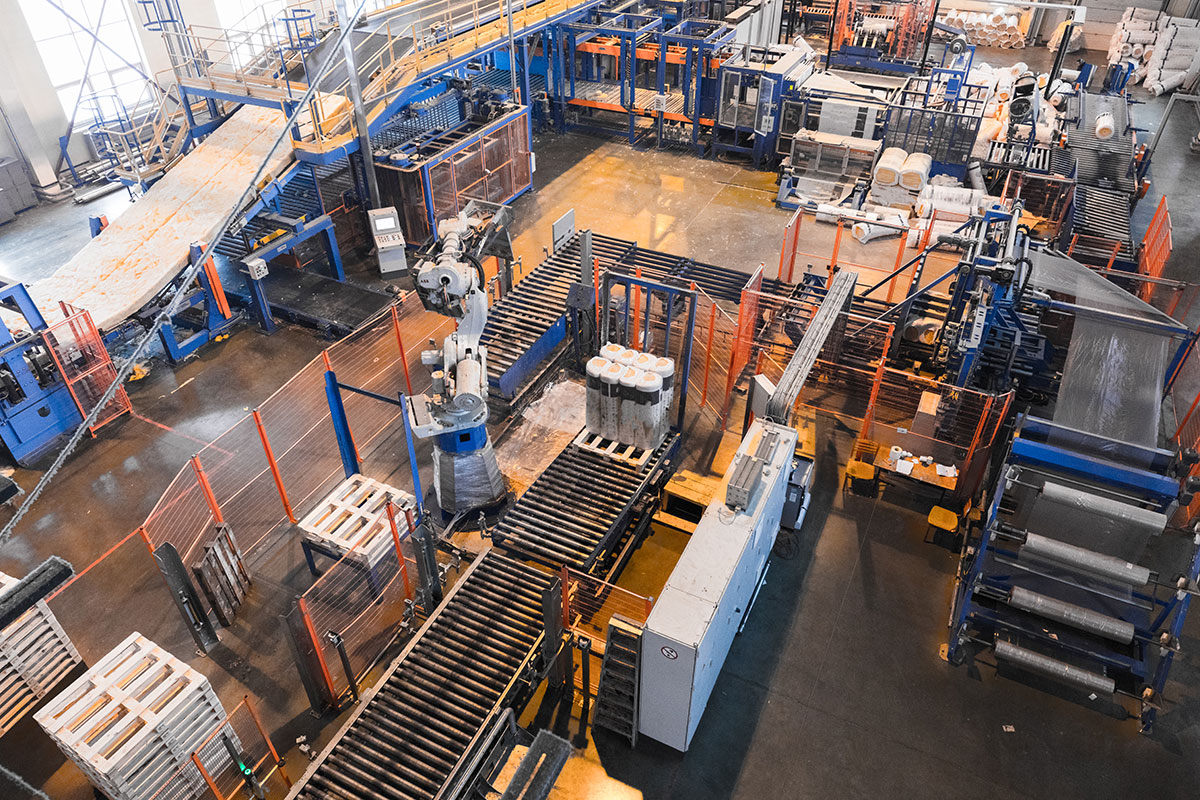
Intelligent Systems: The Future of Industrial Automation
In recent years, the advancement of automation techniques and systems has revolutionized the industrial landscape. As businesses strive for greater efficiency and cost-effectiveness, there is a growing need for innovative solutions that can automate various processes. From low-cost automation techniques to complex intelligent systems, the future of industrial automation holds immense potential.
Increased Productivity and Efficiency
Intelligent systems have the ability to transform traditional manufacturing processes by streamlining operations and improving productivity. These systems are designed to perform tasks with speed, precision, and accuracy, leading to increased efficiency in production lines. By automating repetitive and mundane tasks, employees can focus on more strategic and value-added activities, leading to higher overall productivity.
Cost-Effective Solutions
One of the major advantages of automation techniques and systems is their cost-effectiveness. Low-cost automation techniques, such as robotic process automation (RPA), offer a practical solution for businesses of all sizes. RPA can automate manual and repetitive tasks, reducing the need for human intervention and minimizing error rates. This not only lowers operational costs but also enhances the quality and accuracy of outputs.
Enhanced Safety and Risk Management
Automation technologies play a critical role in ensuring a safer work environment for employees. By automating hazardous tasks, such as heavy lifting or working in extreme temperatures, intelligent systems minimize the risk of accidents and injuries. Additionally, these systems are equipped with advanced sensors and monitoring capabilities, allowing for real-time detection and prevention of potential safety hazards.
Future Possibilities
As technology continues to advance, the future of industrial automation holds even more promising opportunities. With the integration of artificial intelligence and machine learning, intelligent systems can adapt and learn from data to optimize processes and make informed decisions. This opens up possibilities for predictive maintenance, proactive error correction, and continuous improvement.
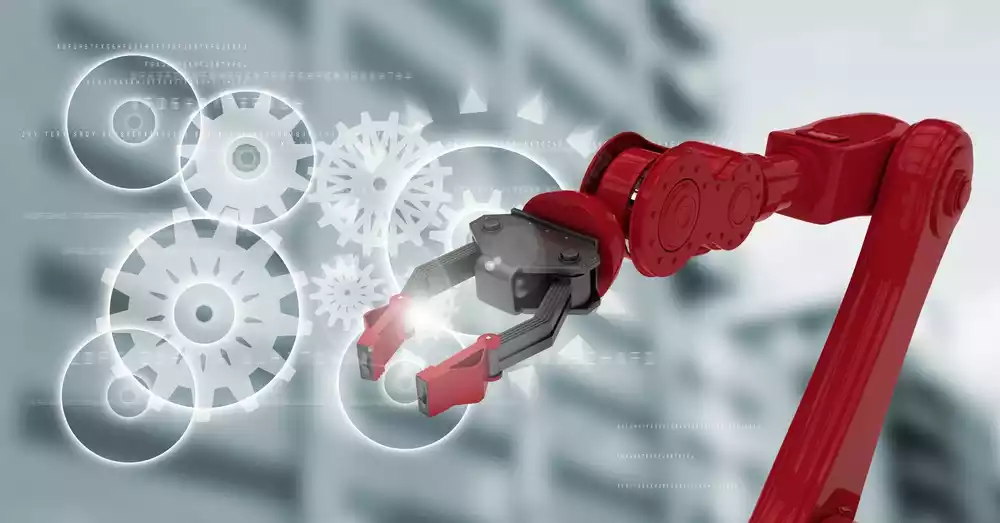
Streamlining Operations with Automated Processes
Leveraging the power of automated systems, companies can streamline their operations and achieve greater efficiency and productivity. By implementing process automation techniques, organizations can optimize various tasks and significantly reduce manual intervention.
Automation techniques and systems provide businesses with a competitive edge. By automating critical operations, companies can achieve shorter lead times, faster response rates, and improved customer satisfaction. This not only helps them meet market demands promptly but also allows for better resource allocation and capacity planning.
Another important aspect of automation is its role in enhancing quality control and ensuring consistency. By implementing process automation techniques, companies can minimize human error and achieve higher levels of precision and accuracy. This is particularly beneficial in industries that require strict quality standards, such as manufacturing and pharmaceuticals.
Furthermore, automation systems offer enhanced data management capabilities. By integrating automation into the production process, companies can capture and analyze real-time data, allowing for better decision-making and strategic planning. This data-driven approach enables businesses to identify inefficiencies, optimize workflows, and continuously improve their operations.
Leveraging automation techniques is key to streamlining operations and achieving optimal efficiency in today’s industrial landscape. By adopting process automation techniques and implementing automation systems, companies can reduce costs, enhance quality control, improve customer satisfaction, and gain a competitive advantage. The future possibilities of automation are vast, with advancements in artificial intelligence and machine learning set to revolutionize industrial processes even further. It’s time for businesses to embrace automation and unlock its full potential.

Embracing the Power of Automation in Industries
In today’s industrial landscape, automation techniques have revolutionized the way businesses operate. By streamlining operations, cutting down costs, enhancing decision-making, and improving quality control, automation provides businesses with a competitive edge. It improves safety, accuracy, and turnaround times, enabling businesses to operate more efficiently and meet customer demands swiftly.
Looking ahead, the future possibilities of automation are promising, with advancements in artificial intelligence and machine learning on the horizon. As technology continues to evolve, automation will remain a crucial tool for achieving optimal efficiency, reducing costs, and gaining a competitive advantage in the industrial landscape.
By embracing the power of automation, we can unlock new levels of productivity and profitability. It’s time for businesses to recognize the immense potential that automation offers and integrate it into their operations. Let’s harness the power of automation to drive innovation, elevate our performance, and shape a brighter future for industries. Together, we can embrace automation and unlock endless possibilities for success.
We look beyond the scope to surpass your expectations
We understand the importance of retaining a strong working relationship with our customers. AMS provides a niche for everyone through excellent customer care and top-rank products.

